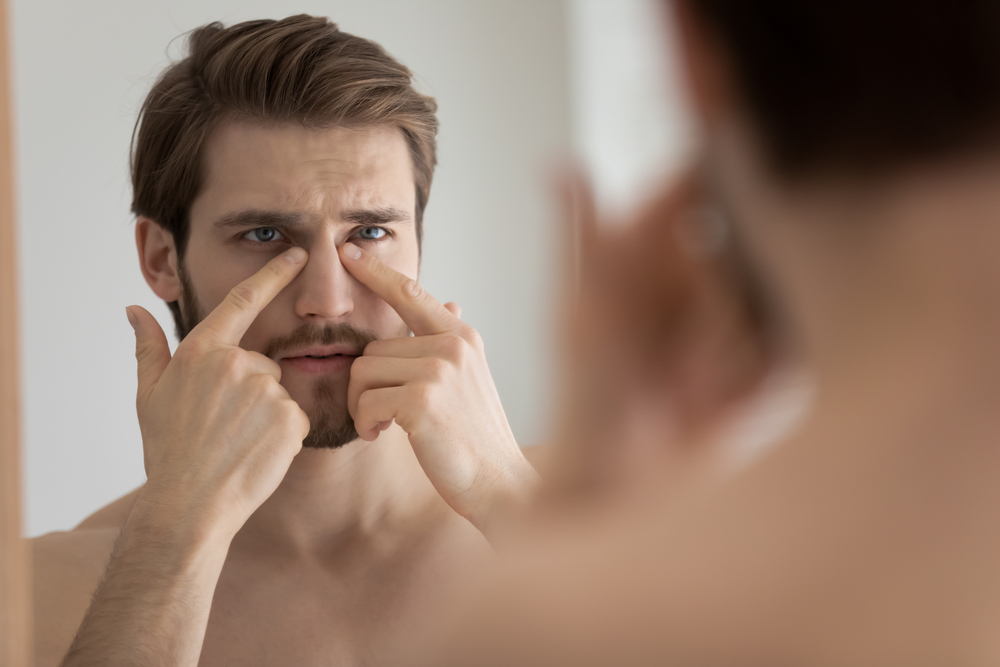 Women have previously suffered with hair loss in silence, but it seems more are now aware of the possible solutions available to them and are opting to invest in a cosmetic procedure to rectify problems.
Women have previously suffered with hair loss in silence, but it seems more are now aware of the possible solutions available to them and are opting to invest in a cosmetic procedure to rectify problems.
One London clinic has witnessed an 82% increase in the number of women undergoing hair transplants this year. The Private Clinic in London claims that not only are male patient numbers rising, but the number of women choosing to undergo hair transplants is on the rise too – with 39 the average age for treatment
Hair transplant surgeon Dr Raghu Reddy puts this down, in part, to a better awareness of the problem of hair loss and the possible remedies.
“I think women are more knowledgeable today than they were a few years ago about the viable solutions to hair loss,” says Dr Reddy.
“While high-profile male celebrities who have undergone hair transplants have undoubtedly helped make more men in the UK open to the possibility of a hair transplant, this has actually also encouraged more women to consider the option of investing in a transplant. Now, women are more informed and better placed to address the problem.”
Contrary to popular belief, the same hair transplant procedure can be delivered to women as it can to men; this is known as an FUE transplant (Follicular Unit Extraction).
The procedure is delivered under local anaesthetic and involves removing hairs from an area where the hair is plentiful and transplanting these into the areas on the woman’s head where the volume has been lost.
According to Dr Reddy there are a number of reasons why more and more women are seeking advice about hair loss. He said:
“Many of the women I see have worn extensions for many years, which have put a lot of traction on the existing hair, while in some cases glue applied to the roots to join extensions has also starved the hair of its own vital nutrients.”
“Over time this causes the hair to thin and if this is not addressed it can turn into a more concerning condition known as traction alopecia, something which means the hair will not grow back.”
“The same can occur with over-styling – the prolonged use of hair straighteners or heated curlers can weaken the hair and gradually cause bald patches to form.”
Keith Hobbs, Clinical Director of the Institute of Trichologists, added:
“Traction alopecia caused by extensions can cause temporary patchy hair loss. Long term use of extensions can in some cases cause permanent hair loss so using a product like Nioxin DiaBoost helps strengthen hair.”












